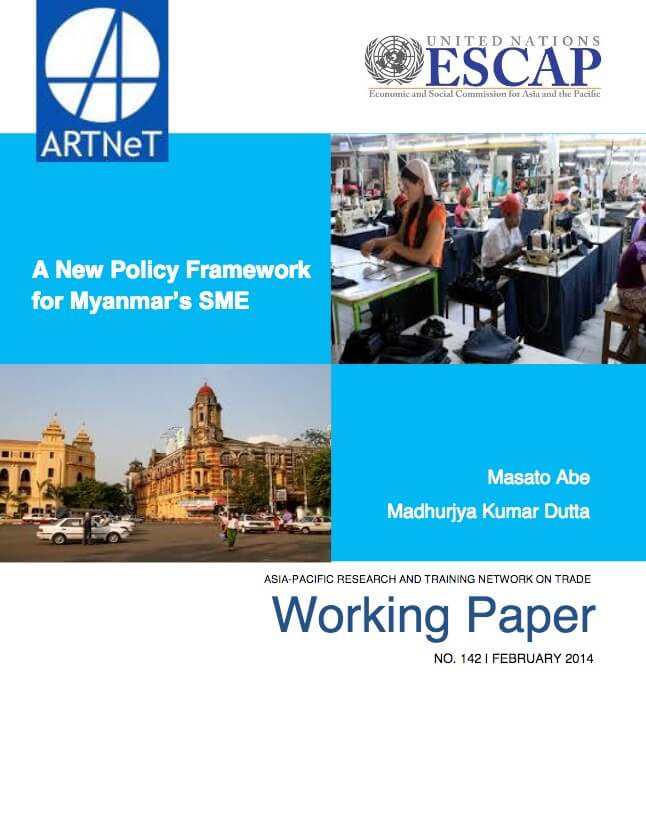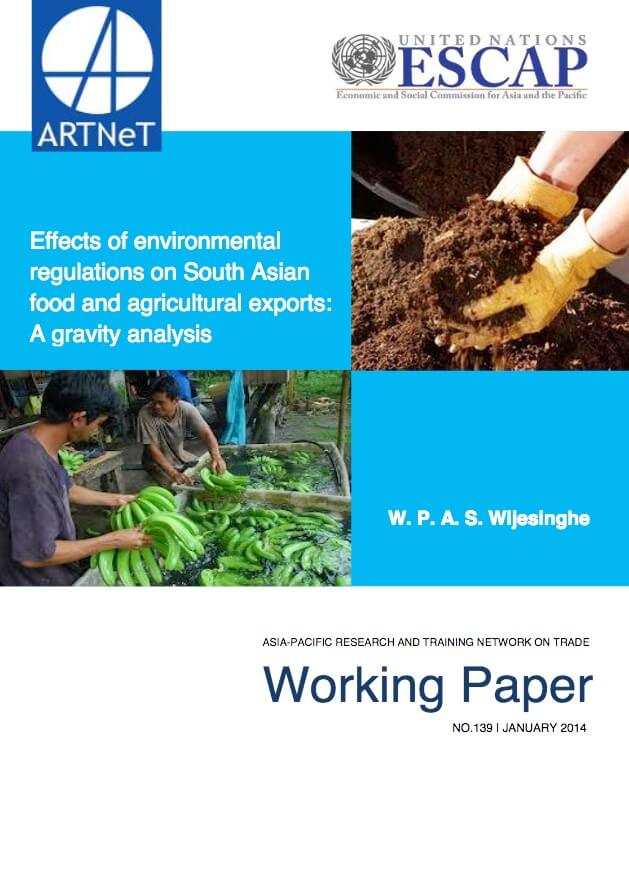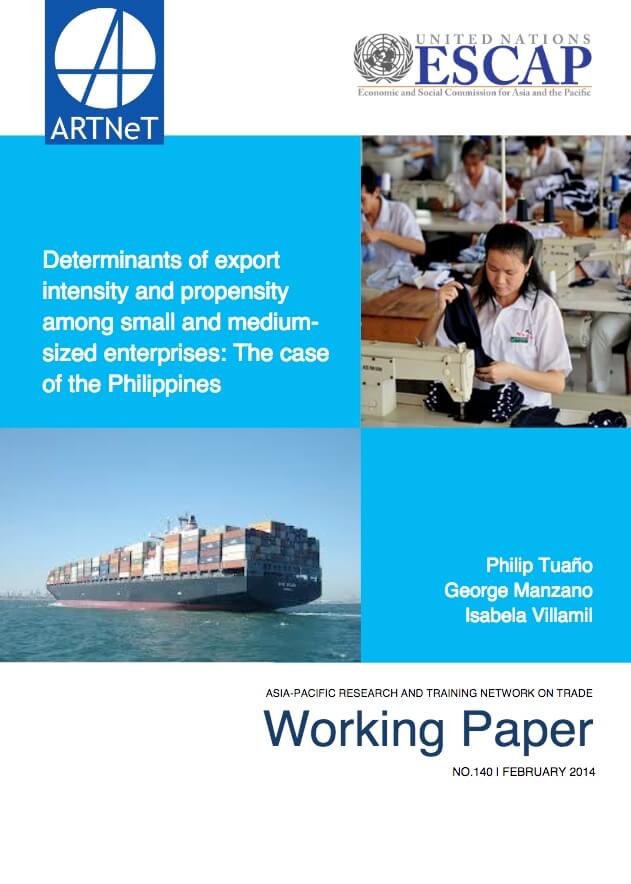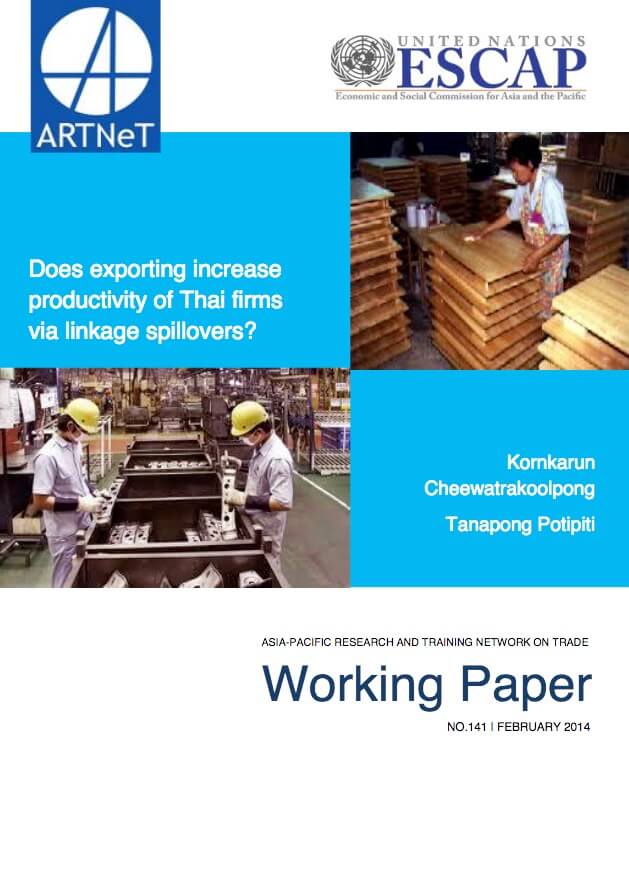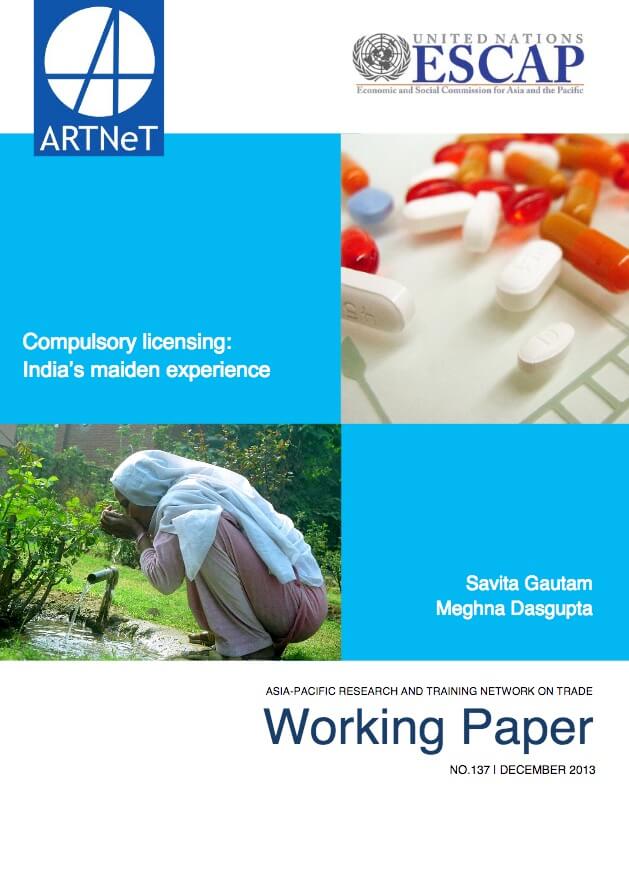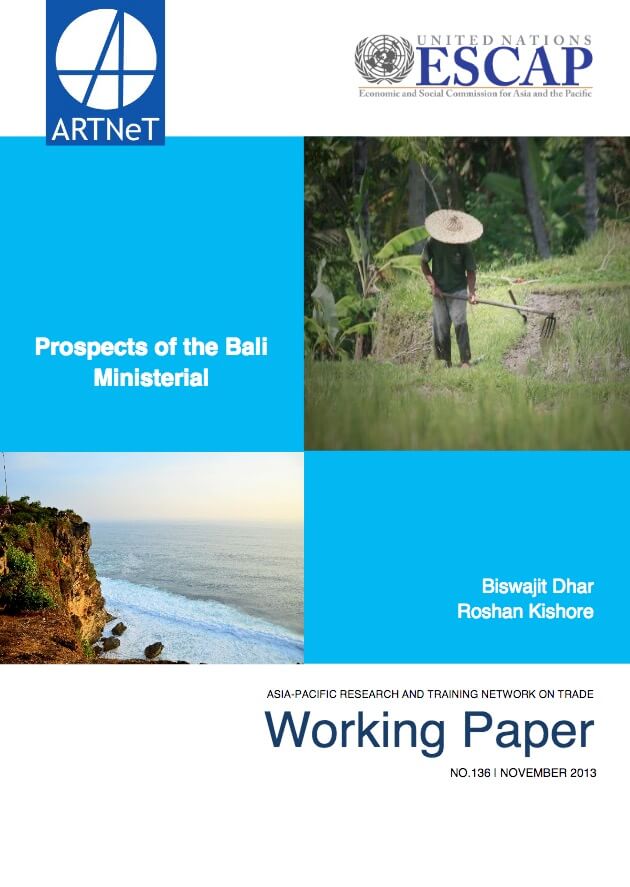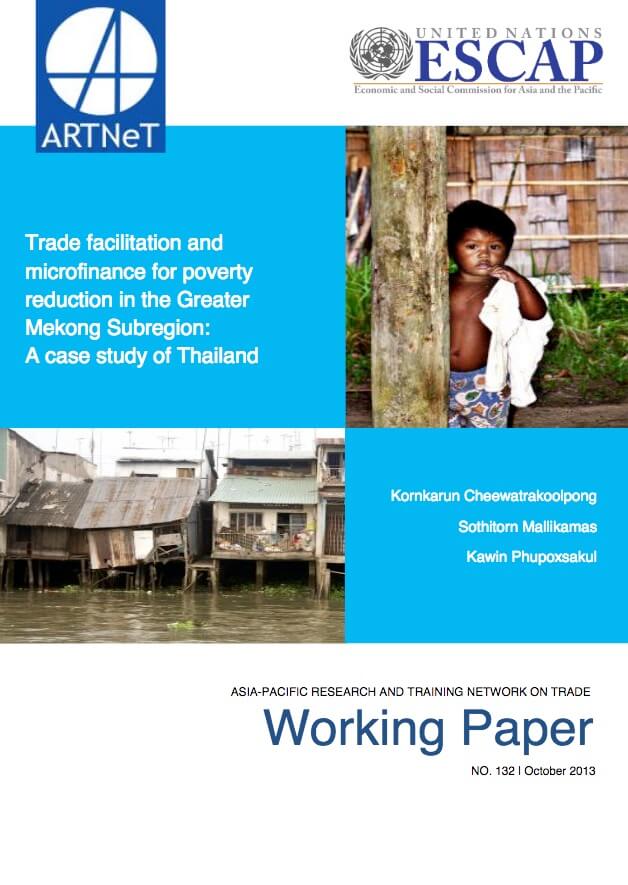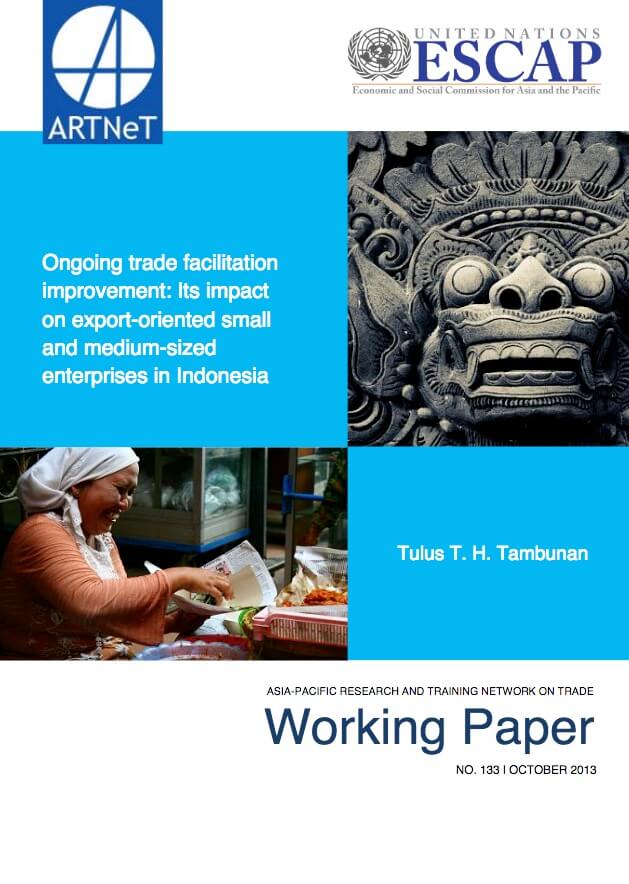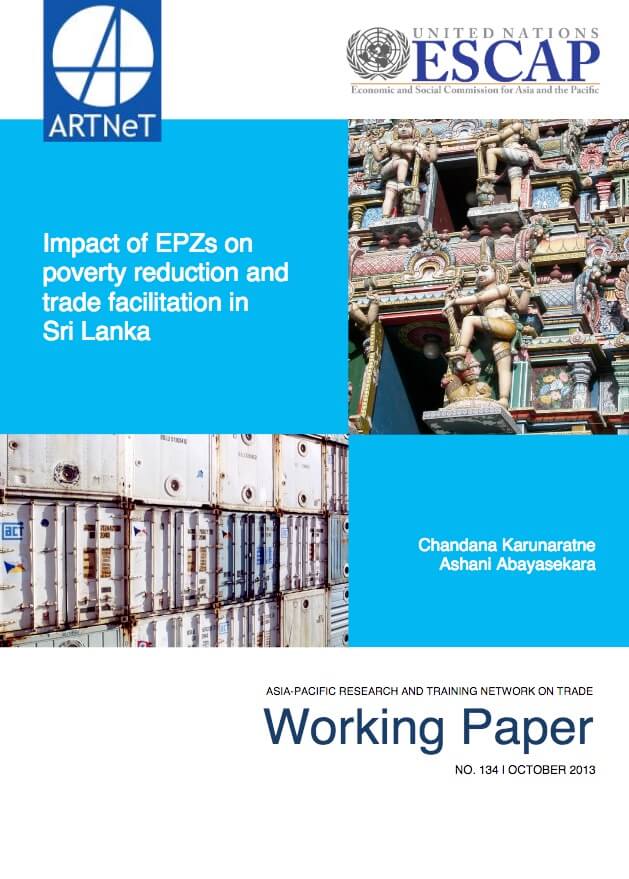A New Policy Framework for Myanmar’s SME
Abstract: Myanmar’s emergence from decades of isolation provides an opportunity to learn from the experiences of its neighbours to guide its economic transition and achieve strong and inclusive growth. The development of small and medium-sized enterprises (SMEs) is an effective mechanism in achieving socioeconomic growth, but Myanmar poses a list of challenges that need to be overcome first, including poor infrastructure and limited market access.

